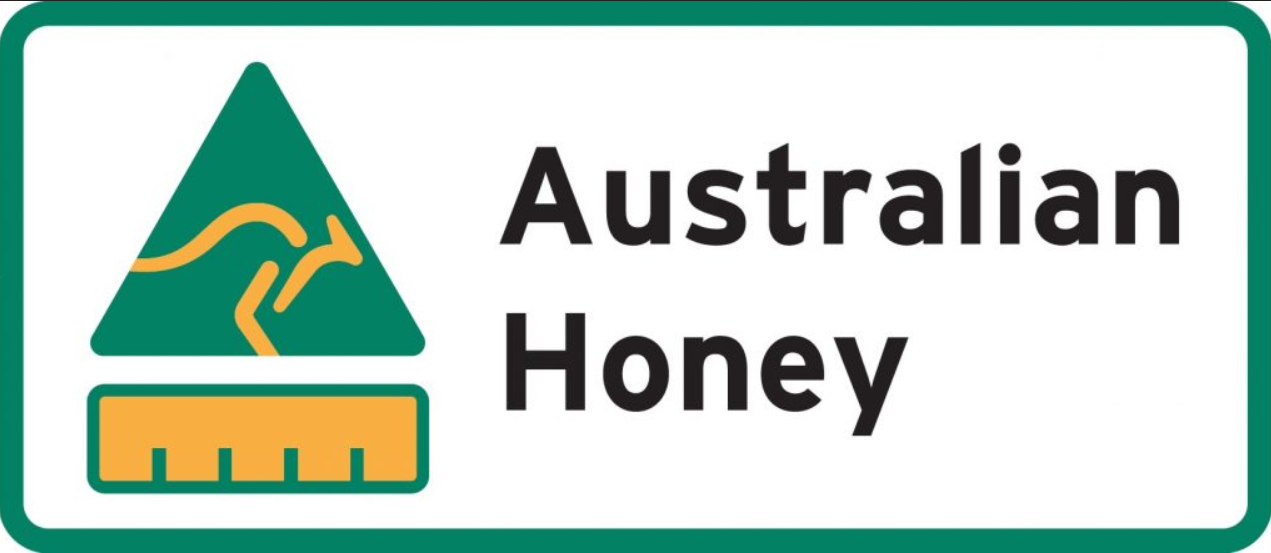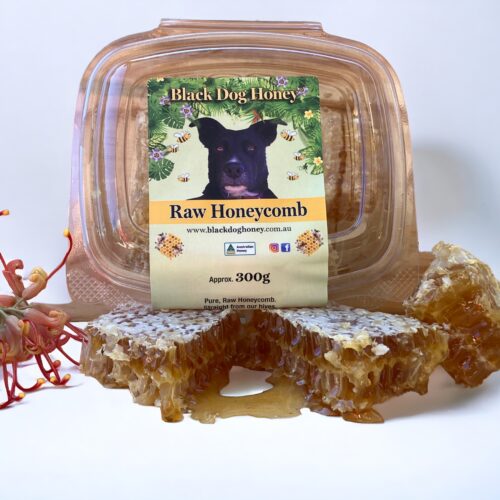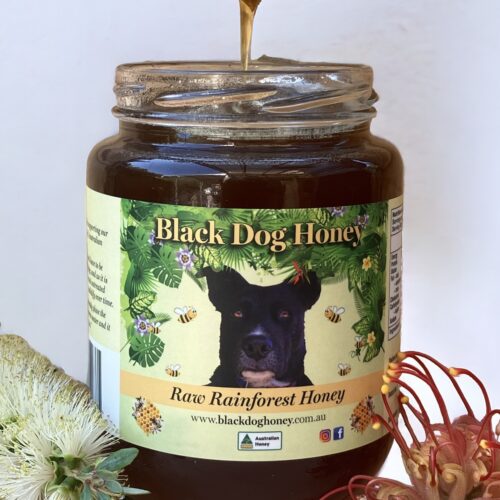

Table of Contents
ToggleAustralia was never a big importer of honey.
That was until the millennium drought crippled floral reserves and prompted some companies to look overseas, lifting imports from 300 tonnes in 2000-01 to 3,000 tonnes the following year.
That number has since risen to 8,800 tonnes a year.
It came despite Australian beekeepers producing 20,800 tonnes in 2022-23, which excluded production from amateur beekeepers.
Beekeeper Andrew Farrugia said cheap imported honey was pushing prices down to unsustainable levels.
Mr Farrugia, who owns Home Grown Honey at Logan in south-east Queensland, sells his honey to smaller
retailers, markets and private customers.
He said his price of $7.80 for 1 kilogram tubs hadn’t moved for a decade, as input costs such as jar prices and diesel had risen sharply.
“I’ve had to keep my prices the same … just so that we can get product on the shelf to compete with the imported cheap honey coming in,” he said.
The Australian Honey Bee Industry Council (AHBIC) said it was looking into the issue, setting up an imported honey subcommittee and meeting for the first time last year.
Subcommittee chair Jon Lockwood said the council was concerned about imported honey
and would investigate whether there was a problem with cheap honey coming in, to ensure a level playing field.
“[It] is adding to the supply of honey to the Australian marketplace and an
element of that is having an effect on the price that the beekeeper is
receiving for their honey,” Mr Lockwood said.
He said beekeepers were receiving $4 to $4.50 a kilo for their honey at the moment, which was historically low.
“Considering inflation, we were receiving prices similar to that years ago, so it is starting to hurt the beekeepers’ back pocket,” he said.
Most honey imported into Australia comes from China, with the remainder
coming from countries including New Zealand, Argentina and Brazil.
The tonnages and dollars become hard to track when it reaches Australian shores.
Some is used in food manufacturing, some is blended with Australian honey
and sold on supermarket shelves, and some is blended with Australian
honey and re-exported.
Australia’s biggest honey company, Hive and Wellness, is one of the major importers.
The majority Australian-owned company, which produces 100 per cent
Australian brand Capilano, voluntarily retired its imported blend brand Allowrie from supermarket shelves in 2019 after 17 years on the market
amid allegations of unwittingly selling fake honey.
It still sells Allowrie to food service companies.
What shoppers may not know is it subsequently introduced three cheap imported honeys at the supermarkets —
Cloverdale at Woolworths,
The
Honey Collective at Coles,
and Chandler’s at IGA
from $4.40 for a 375g
jar, which is $11.70 per kilogram.
That undercuts the price of the cheapest “branded” honey by $7.50/kg.
All three bottles are printed with Honey Corporation of Australia, which is what Capilano was called at one stage.
Cloverdale contains 90 per cent South American honey and 10 per cent Australian
product, The Honey Collective is 20 per cent New Zealand and 80 per cent
Australia and Chandler’s is “packed in Australia from at least 10 per
cent Australian ingredients”.
Even cheaper are 1kg tubs of Indian honey, which farmers markets have been selling for $7.
Honey supplier Aegean Import Export did not respond to questions by deadline.
Hive and Wellness chief executive Ryan d’Almeida said imported honey did not affect the amount Australian beekeepers were paid.
“To the contrary. We do our best to hold the Australian honey price well above the international honey price,” Mr d’Almeida said.
“The international honey price at the moment, whether it be South America, Thailand or Vietnam or other honey producing nations is currently around 35 per cent cheaper than Australia.”
Mr d’Almeida also said imported honey accounted for 10 per cent of supermarket sales, which was a “very small amount”.
When Hive and Wellness retired Allowrie from supermarkets, it said it was “a first step on the journey to making all honey products 100 per cent Australian”.
… the company has always been transparent that when Australian honey production and sustainable stock levels returned, we would cease the importation of honey, and that is what we are doing,” chief executive at the time, Dr Ben McKee, said.
However, in a 2020 email to beekeepers, Mr d’Almeida said it was restarting the sale of imported honey.
“As a result of the recent drought and bushfires, Australian honey supply has reduced by 50 per cent, forcing the honey price to a record high [of $6.10],” Mr d’Almeida wrote.
“As a result, Hive and Wellness has been requested from a few of our retail customers to supply a more affordable blended Australian and imported honey to meet the demand of the value-conscious segment.”
But as local production volumes increased, Mr d’Almeida said the market had experienced a period of higher inflation, higher interest rates and a much more value-orientated market where consumers were very cost conscious.
“Given that the international price of honey currently has fallen dramatically, we continued with those imported brands, and they are playing a role on supermarket shelf,” he said.
“For people who don’t really care about origin, don’t really care about brand, [and] all they care about is price — these value brands are sort of offering a solution to a small proportion of the market.
“If we don’t do it, someone else is going to fill that void, whether it’s onshore or offshore, someone will offer a cheaper imported product for that proportion of shoppers who want to buy that product.”
In statements to the ABC, Coles, Woolworths and Metcash said they supported Australian beekeepers, but did not answer questions about whether they requested Hive and Wellness to introduce the three imported brands.
University of Sydney research fellow and Plan Bee co-lead, Nadine Chapman, said she was an advocate for buying Australian honey.
Dr Chapman said buying locally supported honey producers and the pollination industry that was responsible for helping produce about a third of Australia’s food.
“When you’re buying honey from overseas, you’re buying honey that’s produced by bees that have pollinated other countries’ crops and supported all the industries that required pollination in those other countries,” she said.
“I know that there’s big cost of living pressures right now, and so when you’re going to the supermarket, you’re looking at what’s the cheapest product I can buy.
“[But] maybe just consider, is it worth a little bit more to buy Australian made and support 36 industries at a minimum when you’re buying that one product?”












Based in Northern NSW, Black Dog Honey is a supplier of local, Australian owned and operated raw honey products. Offering a range of products, Black Dog Honey now ships Australia-wide.
"*" indicates required fields